What are the secrets to lighting in high-end hotel bathrooms?
2023-04-11 Views:
Would you like to have a uniform and bright environment, like in a high-end hotel, in your bathroom? Most people just use a ceiling light to illuminate their entire home, let alone the bathroom, and they even use multi-functional lights like a combination of a fan, heater, and light for illumination. Unfortunately, the lighting from these "multi-functional lights" are either too cool (with a slight blue tint) or don't last long (the light appears grey).
Spending time in a brightly lit or dimly lit place, like an office or brick kiln, while using the bathroom can feel uncomfortable. It wasn't until I had the chance to enjoy a luxury hotel that I realized the most relaxing spot in the entire house was the spacious and luxurious bathroom: full walls of marble, hardware with a delicate metallic lustre, and a flawless white bathtub all radiating a golden aura.
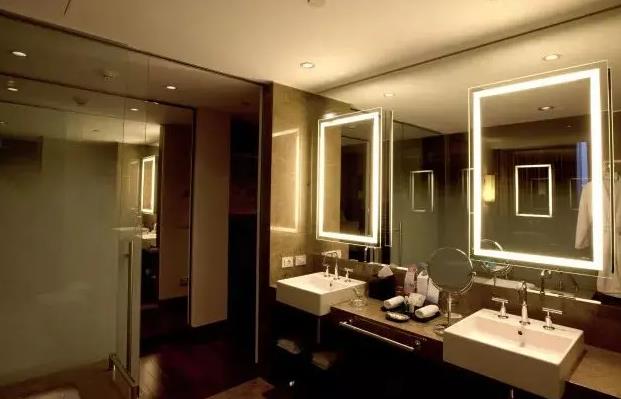
Then you realize that your eyes are being tricked by all these things costing around one million. You think that only by spending a lot of money can you achieve the same comfortable and elegant lighting in your own bathroom. For this, I just want to use an advertising slogan: good bathroom lighting doesn't have to be expensive! Even if you replicate hotel lighting and bring it into your home, different types and levels can be selected according to different conditions, and there is always a suitable option for you!
After reading this article, you can learn about three different levels of optimizing bathroom lighting:
High-end version: Gypsum ceiling + point source dispersed lighting
Optimized version: lighting on key areas only
Simple version: small bathrooms can skip lighting altogether!
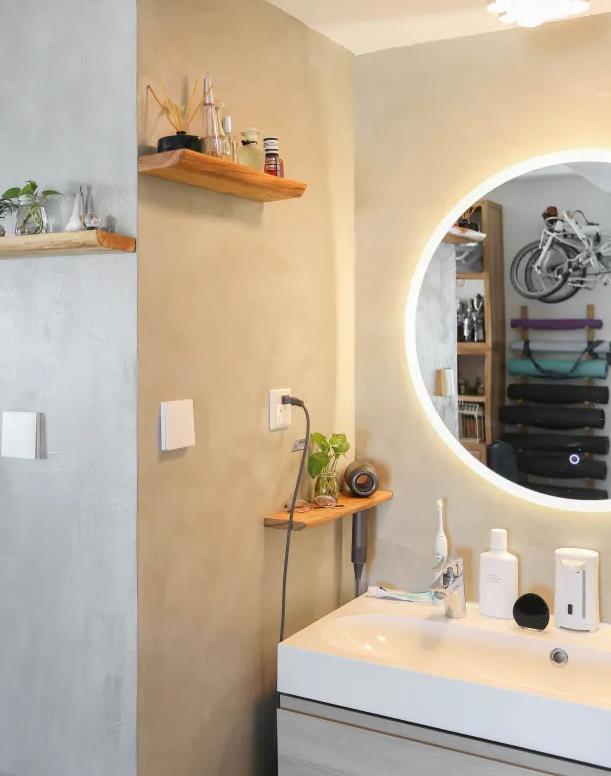
Learn from high-end hotels, and bring point source dispersed lighting into the bathroom. Point source dispersed lighting is a common lighting technique used in hotels, shopping malls, and museums, and it creates a low-key and natural overall lighting effect for public spaces. At home, this technique is even more classy when used in the bathroom, as the light source layout has been precisely calculated, with a wide light beam and low illumination near the ground, causing shadows to be lighter. This method can be applied even if there is no gypsum ceiling throughout the house, which reveals that it is a high-level spending tactic.
If you apply this idea to the bathroom, it is even better! If there are no windows, that's not a problem either. Dispersed lighting is only suitable for bathrooms that are at least as big as a bedroom, meaning 3-4 square meters of bathrooms don't require as many lights.
Light installation: should you choose an aluminum snap board or a plasterboard?
Since we have used point source dispersed lighting, should we choose an aesthetically pleasing option like plasterboard or a practical option like an aluminum snap board? First, let's talk about the possible issues with plasterboard ceilings.
According to feedback from a friend who lives in a fancy decorated apartment with a hidden ceiling in the bathroom, mold appeared on the ceiling after he forgot to open the door and turn on the exhaust fan following a shower, and left it closed for a day. However, a friend who had installed such ceilings for seven or eight years said that the unconventional decision was worth the value, and that the gypsum board ceiling still looks beautiful.
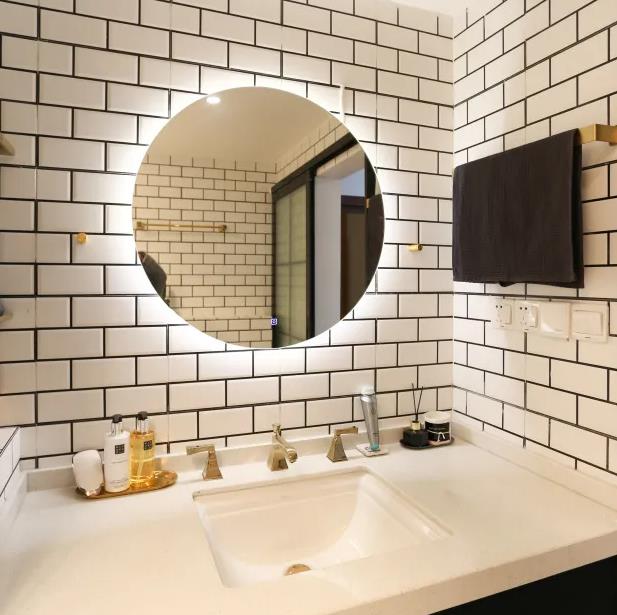
If you asked them if they had considered post-maintenance, they would say that the maintenance port on the gypsum board ceiling is usually the opening for the devices, such as a drying fan or a heater, and by removing it, one can repair it. If there is a water leak from upstairs...the upstairs neighbors will pay for the repairs.
The ultra-long service life of aluminum snap boards can also provide good aesthetics, but if you want to install so many small cylinder lamps, even the best workers might have a dispute with you. A drying fan and a lamp stand can be directly attached to the board, while cylinder lamps must be punctured one by one using a craft knife. Unless you have an exceptionally soothing personality and a rich cash reward, it is not recommended to attempt it. Of course, there is another way to buy combination lamps, those with two or three light bulbs in one group, only requiring one hole to be cut and they save energy.
What else should you pay attention to besides moisture and waterproofing for bathroom lighting?
There are two main color temperature specifications suitable for overall bathroom lighting: warm yellow light at 3000 K and warm white light at 4000K. Generally speaking, 3000K is more likely to relax the mind and body and relieve fatigue. In terms of lighting, should we also pay attention to luminance and luminous flux? What is the corresponding wattage?
Taking the Japan Industrial Standards Illuminance Standard (JIS Z9110) as an example, the overall lighting of a bathroom requires 75-150lx.
Assuming you are a conscientious beginner in decoration and know the formula "average illuminance = number of lights * average luminous flux * utilization coefficient (0.4 indoors) * maintenance coefficient (generally 0.7-0.8) / area," can you estimate how much luminous flux of light is needed and then replace it with corresponding wattage?
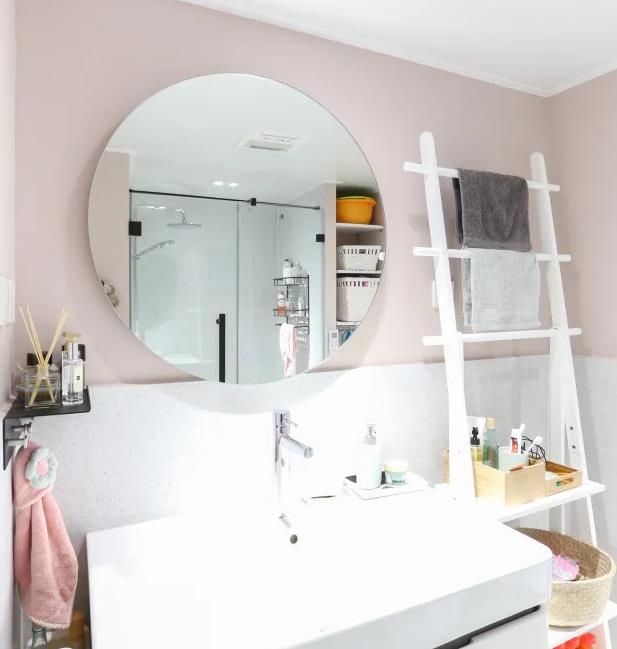
Not exactly, and we do not recommend that you calculate these numbers yourself. First, lighting is a profession, and the calculations done by sellers are more accurate than those done by individuals. Second, different lamps have different luminous efficiencies, so the calculated luminous flux of each lamp does not necessarily correspond to the required wattage. One seller may recommend a 3W bulb, while another may suggest a 5W.
Therefore, our suggestion is as follows: When buying lights, beginners in decoration should focus on color temperature and color rendering index: color temperature depends on personal preferences, and a color rendering index above 80Ra is better, closer to 100 is better. With good color rendering, other indicators will not be worse. As for other data such as luminous flux, beam angle, illuminance, luminous intensity, and luminous efficiency that you do not understand, the more information provided by the seller, the better. If it is a physical store, you can bring these questions to the salesperson as they understand more and can help recommend suitable lights.
Regarding how many watts are needed, it depends on the luminous efficiency of the light. It is better to report the bathroom area and let the seller directly recommend the type, quantity, and installation distance of the light bulbs.
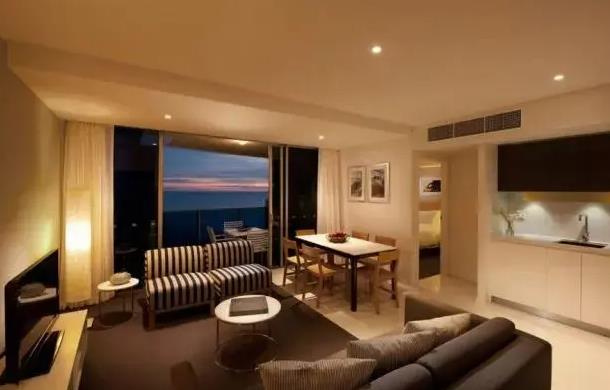
Lighting requirements for the wash basin:
This section is suitable for ladies who frequently do makeup. Even if you don't do makeup in the bathroom, you can bring this standard to other places. High-end hotel wash basins typically have left and right lamps, some with two wall lamps and others with LED light mirrors. Specifically, 4000k white light with a color rendering index of over 80Ra should be used. Yellow light should not be used because it will make makeup look too thick.
Bring light to the reading on the toilet:
As people age, especially men, the time spent on the toilet increases geometrically, whether it is reading online or playing games. It's worth having a single point light source that brightens the mood. Additionally, from the perspective of living habits, if family members wake up frequently at night, installing a night light in the bathroom is best. The more yellow the color temperature, the better. It doesn't need to be too bright, so that it won't be too bright to look at and won't eliminate sleepiness.
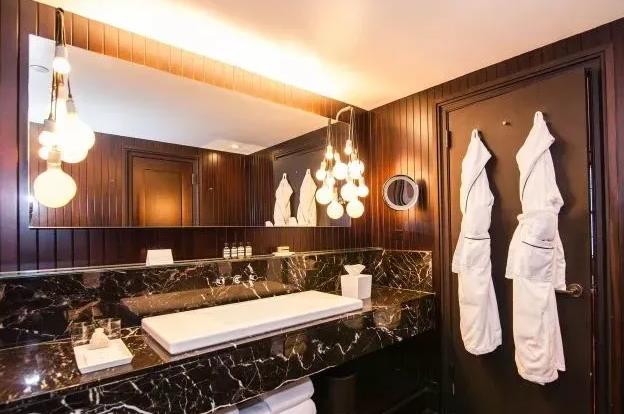
A little more light in the shower/tub:
The demand for light during bathing is not particularly high. A tube light is enough, but the position of the light is important. It should not be installed within the line of sight of people bathing. If the bathroom has a window, the shadow of the person should not be projected onto the frosted glass.
The above lighting recommendations are only for bathrooms as large as bedrooms. Next, let's take a look at ordinary-sized bathrooms and relatively mini bathrooms.
Arrange the light requirements according to the different functions of the bathroom. The wash basin has the strictest light requirements, while the reading on the toilet and the shower/bath lights are optional. Therefore, the bathroom can still retain two tube lights installed on both sides of the mirror or on a straight line perpendicular to the mirror. One light should be installed behind the person, and one between the person and the mirror to ensure the overall lighting effect in this area is maximized. Then, install an LED light mirror!
If you have a lot of space in your bathroom and don't need a mirror cabinet, then replacing it with a ceiling light and an LED light mirror will provide a great effect.
Prev:How to disassemble and transport large bathroom mirrors and makeup mirrors during long-distance moving
Next:Portable LED makeup mirror illuminates your beauty anytime and anywhere
-
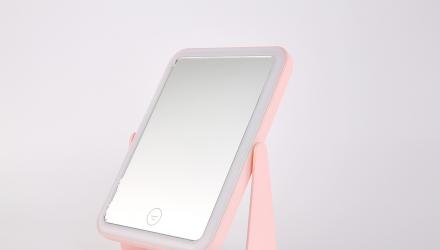
Placement method of LED cosmetic mirror
Generally, LED cosmetic mirrors should be placed in the place with good light at home If you put it in a dark place, you can t clearly see your true self
-
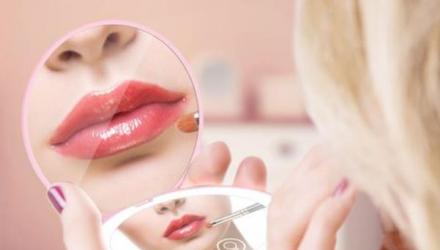
LED cosmetic mirror manufacturers talk about whether the material behind is toxic
At present, many local households are equipped with led makeup mirrors, such as the wardrobe mirror in the room, the washroom mirror in the bathhouse
-
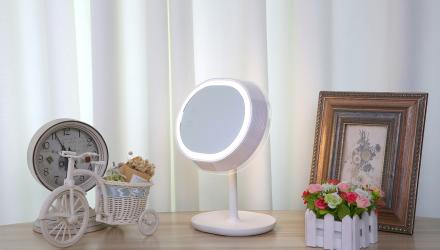
Methods to prevent fogging of vanity mirrors
The led vanity mirror is a necessary item in the bathhouse, but when the weather gets colder, it is more winter When you take a bath, you will find that the led vanity mirror is covered with water mist



